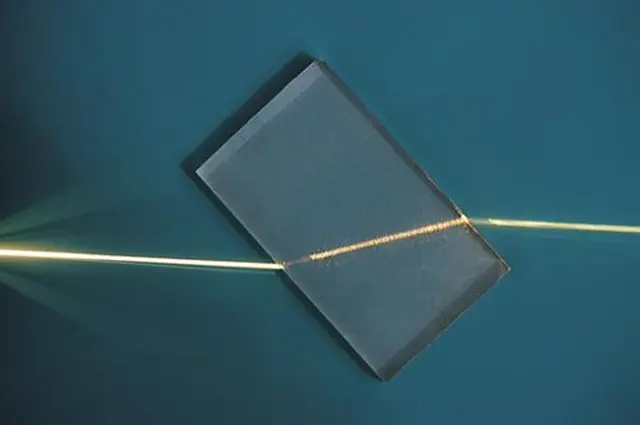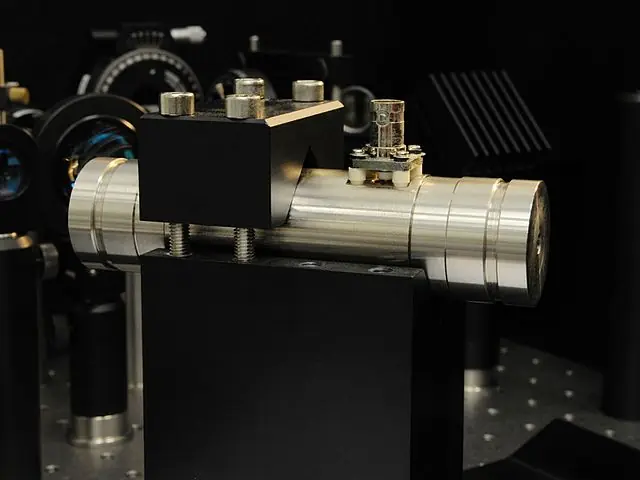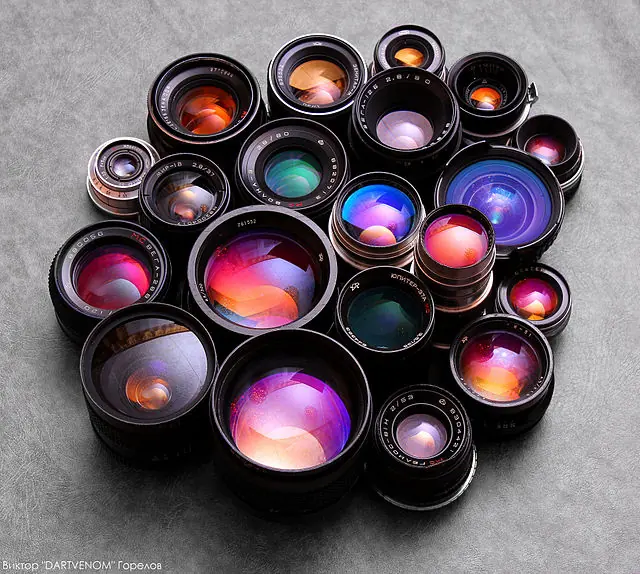What is coherence length and how is it measured?

Coherence length is a term used in optics to describe the length over which two or more waves remain correlated, or “in phase,” with one another. It is an important concept in the study of laser physics and has numerous applications in fields such as telecommunications, metrology, and medicine.
The coherence length of a wave is directly related to its temporal coherence, or the degree to which the phase of the wave remains constant over time. In general, the longer the coherence length, the more stable and reliable the wave will be.
There are several methods for measuring coherence length, each of which is suited to different types of waves and applications.
One common method is the Michelson interferometer, which uses a beam splitter to divide a wave into two separate paths. The two resulting waves are then recombined and their interference pattern is observed. By measuring the fringe visibility and spacing of the interference pattern, the coherence length can be calculated.
Another method is the use of a self-coherent source, which is a device that generates a wave with a known coherence length. The coherence length of an unknown wave can then be measured by comparing it to the known wave using techniques such as spectral analysis or spatial filtering.
Yet another method is the use of a coherence gated detector, which is a device that measures the coherence of a wave by comparing it to a reference wave over a short, specific time interval. This allows for the measurement of coherence length on very fast timescales, such as those found in ultrafast laser systems.
In conclusion, coherence length is a measure of the stability and reliability of a wave and is important in a wide range of applications. It can be measured using a variety of techniques, including interferometry, self-coherent sources, and coherence gated detectors.






